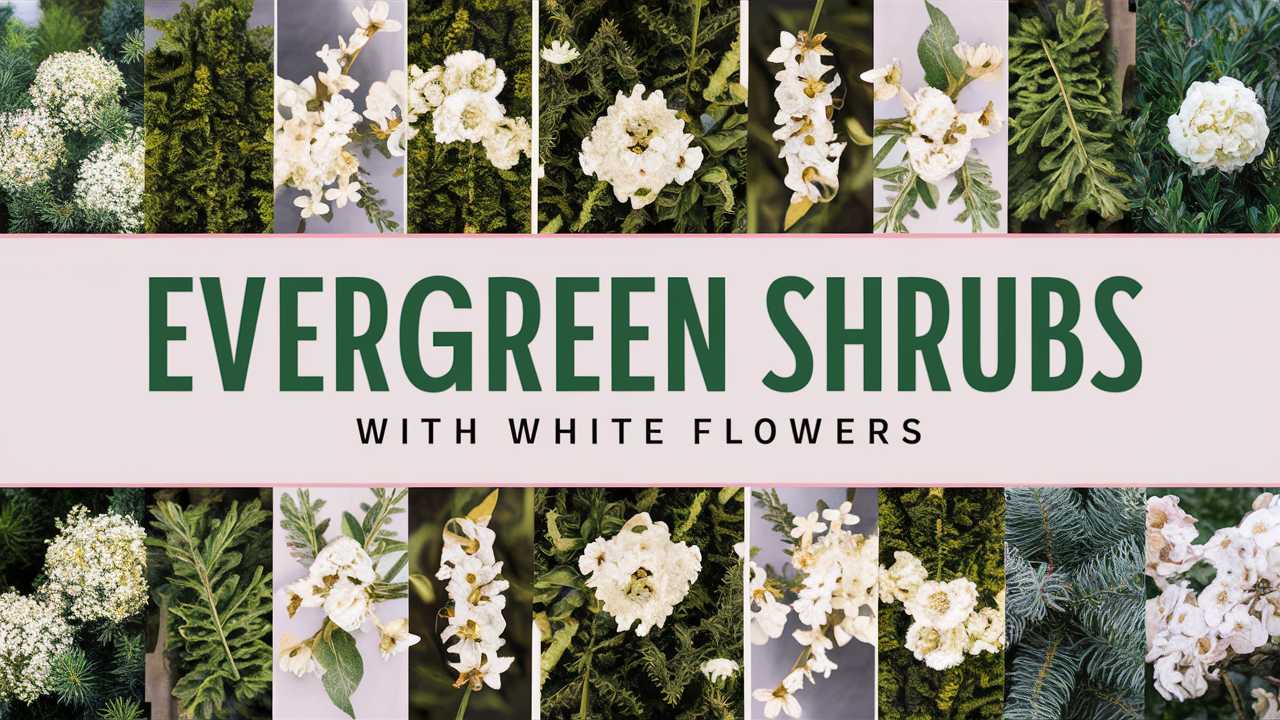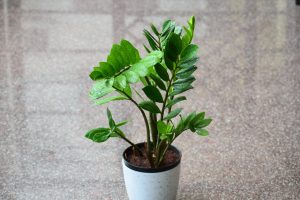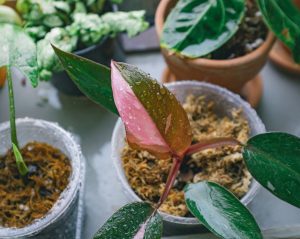In this guide, we’ll explore a diverse selection of white flowering evergreen shrubs that can add beauty and vibrancy to your garden.
Gardenia
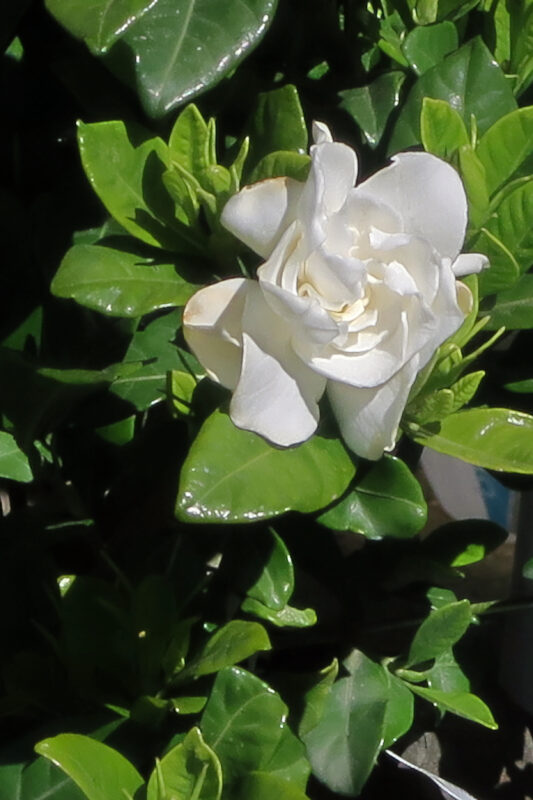
One of the most beloved shrubs in the garden world, Gardenia is renowned for its rich, floral fragrance and glossy, dark green leaves. When in bloom, these shrubs produce creamy white flowers that are not only delightful to the eyes but also have a captivating scent that draws in garden lovers and pollinators alike.
Gardenias thrive in full sun to partial shade and prefer well-drained, rich soil. They are also sensitive to fluctuations in water, making consistent moisture important. Hardy in USDA zones 8 to 11, these shrubs require some winter protection in cooler climates. With a little care, gardenias can flourish for many years, filling your garden with elegance and fragrant flowers.
Camellia
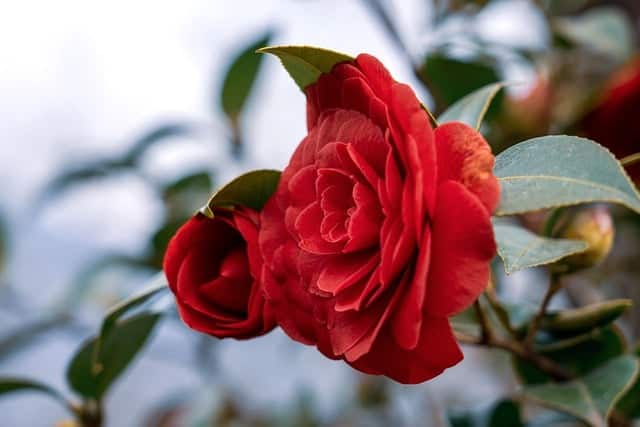
Camellias are a stunning addition to any garden with their luscious evergreen foliage and exquisite white blossoms. Blooming in late winter to early spring, these shrubs provide a welcome burst of color when many other plants are still dormant. The classic white camellia, often known as Camellia japonica, has a soft, romantic appearance that makes it a favorite among garden aficionados.
Camellias prefer acid-rich, well-draining soil and thrive in partial shade. They are relatively low-maintenance but do benefit from mulching and consistent moisture. Growing in USDA zones 7 to 9, their resilience in the face of varied conditions makes them a popular choice for gardeners seeking dependable beauty.
Azalea
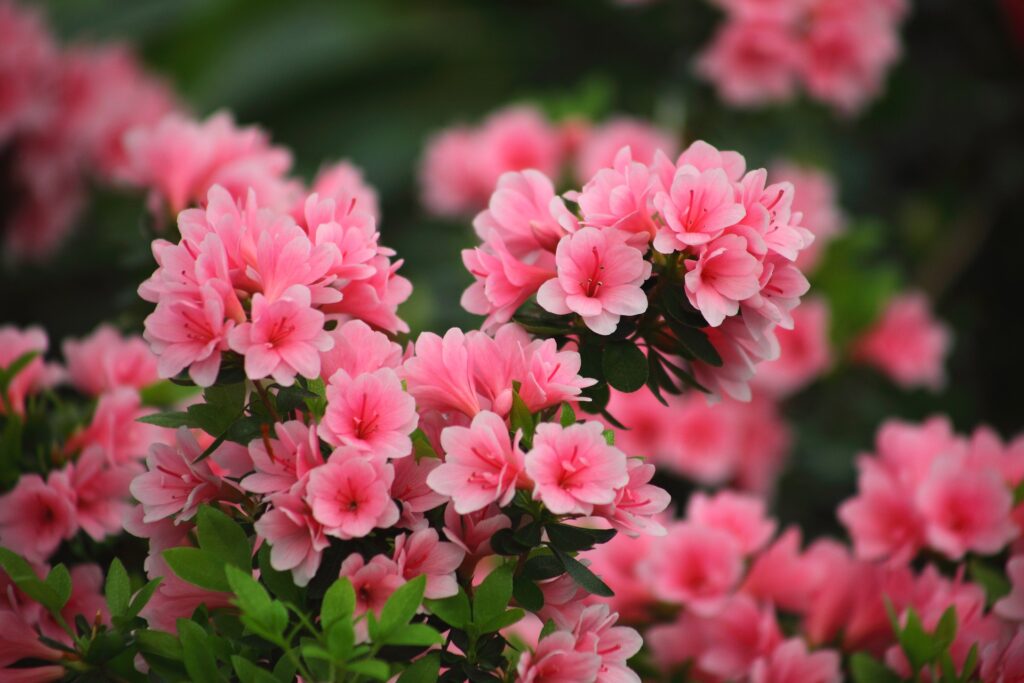
Azaleas belong to the rhododendron family and are glamorous shrubs known for their spectacular display of flowers in a variety of colors, including pure white. While they are deciduous in colder regions, many evergreen varieties provide year-round interest. The white azaleas, such as the Southern Indian Azaleas, bloom profusely in spring, featuring cheerful clusters that light up the garden.
These shrubs prefer a slightly acidic, well-drained soil and thrive in partial shade to full sun. They need regular watering, especially in dry spells, to establish deep root systems. Azaleas can grow successfully in USDA zones 6 to 9 and are perfect for mass plantings, borders, or as specimen plants that attract attention.
Waxflower
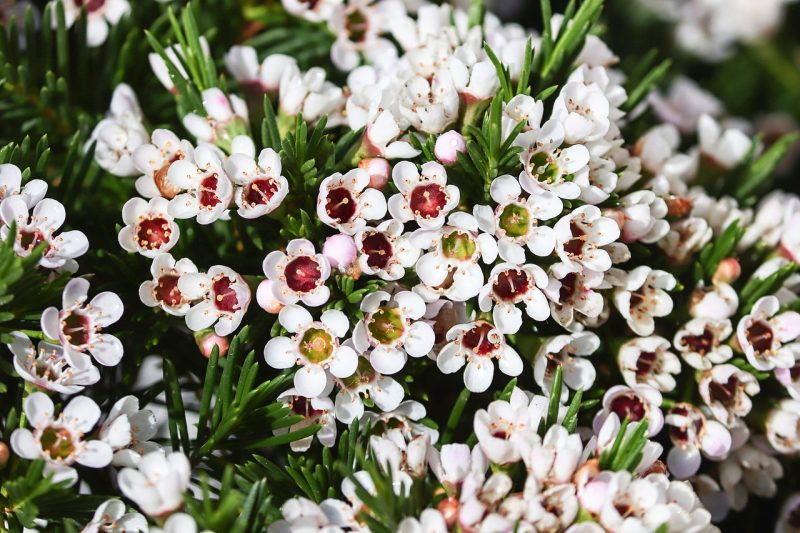
Waxflower, or Chamelauciyum uncinatum, is an underappreciated gem among evergreen shrubs. This hardy plant produces delicate white flowers that boast a waxy, almost ethereal quality when viewed against its dark green foliage. The blooms, which generally appear in late winter to early spring, can create a stunning contrast in your garden.
Waxflowers are drought-resistant once established, preferring sandy or clay soils and enjoying full sun. They thrive in USDA zones 8 to 10 and are well-suited for coastal areas due to their resistance to salt. Easy to care for and visually striking, waxflowers are perfect for those looking for unique, low maintenance options.
Mountain Laurel
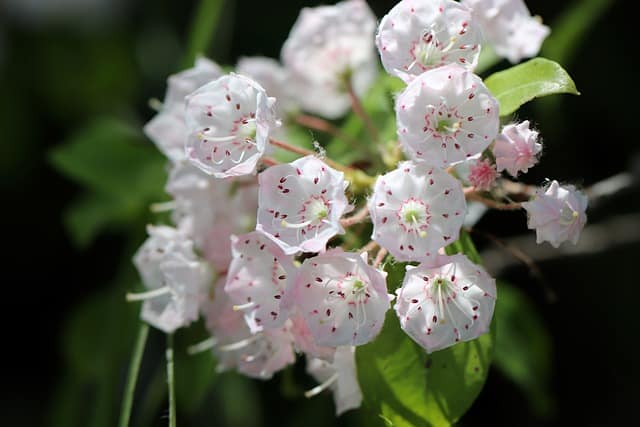
Mountain Laurel, or Kalmia latifolia, is an evergreen shrub native to the eastern United States. This delightful plant is prized for its attractive leathery leaves and stunning clusters of white flowers. Blooming mid-spring, these star-shaped flowers can add a romantic flair to a garden setting.
These shrubs excel in acidic, well-draining soils and thrive in partial shade. They are hardy in USDA zones 4 to 9, making them versatile for a range of climates. Mountain laurels not only improve biodiversity in the garden by attracting pollinators but also create a beautiful focal point that commands attention.
Pineapple Guava
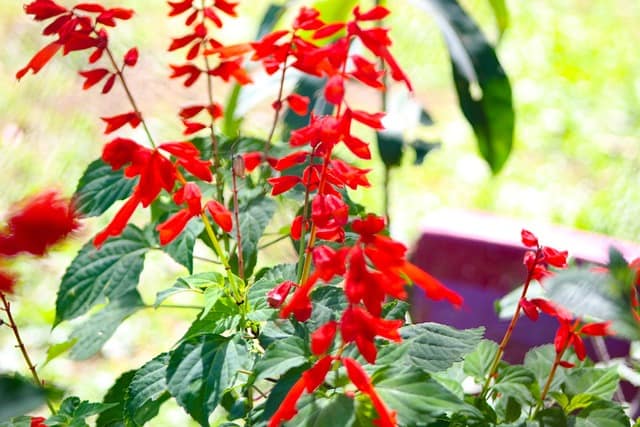
The Pineapple Guava, or Feijoa sellowiana, is an evergreen shrub that offers sweet, tropical fruits along with its beautiful white flowers. These blooms are often adorned with striking red filaments that create a vibrant display against the green leaves. The fragrant flowers emerge in the spring, attracting bees and butterflies, thereby enhancing your garden’s ecosystem.
Pineapple Guavas thrive in well-drained soils and prefer full sun. They are drought-tolerant once established and fare well in USDA zones 8 to 10. Aside from their ornamental value, they provide a unique flavor to culinary dishes, making them a delightful addition for food lovers.
Golden Vicary Privet

With striking golden foliage and clusters of white flowers in the summer, Golden Vicary Privet (Ligustrum vicaryi) is an evergreen shrub that stands out in any garden. The contrast between its bright yellow leaves and the white blossoms creates a visually stunning display.
This shrub is tolerant of a wide range of soil types but thrives in well-drained soils. Hardy in USDA zones 4 to 8, it is an excellent choice for hedging or as a single specimen. Known for its ability to withstand urban conditions and pruning, the Golden Vicary Privet can be shaped easily, allowing for creative landscaping.
Wax Leaf Privet (Ligustrum japonicum)
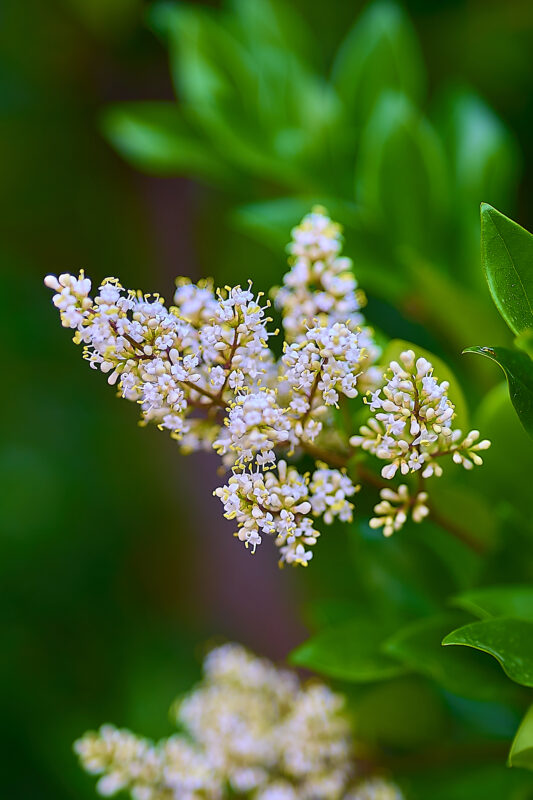
The Wax Leaf Privet, or Ligustrum japonicum, is another charming evergreen shrub that produces white flowers. Its leathery, glossy leaves provide a beautiful backdrop to the delicate blooms that appear in late summer. This shrub can serve as a powerful privacy screen, thanks to its dense growth habit.
These plants thrive in a variety of soil types and can tolerate both sun and shade. They are hardy in USDA zones 8 to 10 and are often used in formal hedges or as specimen plants. With its lush foliage and lovely flowers, the Wax Leaf Privet adds a touch of elegance to any landscape.
Snow Flurry California Lilac
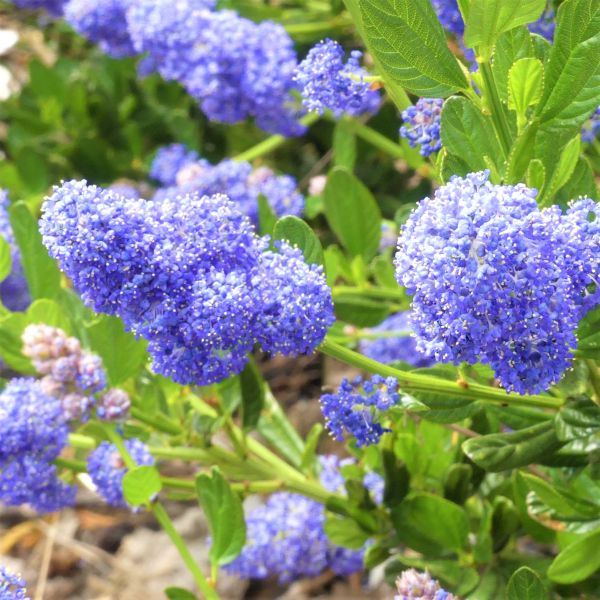
The Snow Flurry California Lilac (Ceanothus ‘Snow Flurry’) is an exquisite evergreen shrub that steals the spotlight with its tiny white flowers clustering densely on branches in spring. The blooms are fragrant, attracting bees and butterflies, making it an excellent choice for wildlife gardens.
This lilac prefers well-drained, sandy soils and thrives in full sun environments. It’s drought-tolerant once established, making it an ideal choice for xeriscaping. Hardy in USDA zones 8 to 10, the Snow Flurry California Lilac is a lovely addition for those seeking to incorporate low-maintenance, striking plants into their garden.
Angel’s Trumpet (Brugmansia × candida)
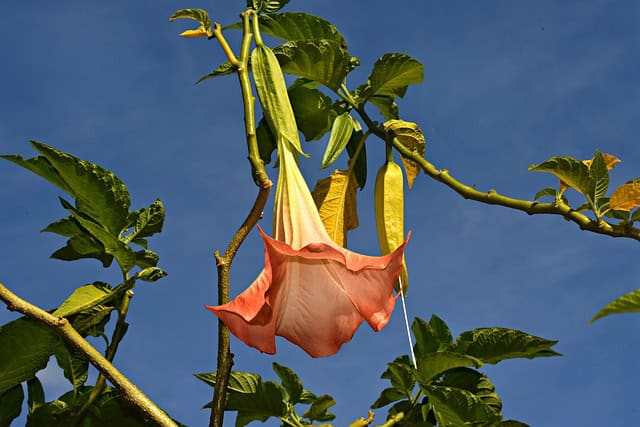
Angel’s Trumpet is a stunning, large shrub or small tree that produces exquisite white, trumpet-shaped flowers. While it may not be evergreen in all climates, it can provide lush foliage and striking blooms that foster a sense of tropical intrigue in your garden.
This shrub prefers moist, well-drained soils and thrives in full sun. Hardy in USDA zones 9 to 11, it can be grown as an annual in colder regions. Angel’s Trumpet is also known for its intoxicating aroma, especially at night, attracting many nocturnal visitors, enhancing the sensory experience of your outdoor space.
Prelude Japanese Pieris (Pieris japonica ‘Prelude’)

Prelude Japanese Pieris is an attractive evergreen shrub featuring clusters of white flowers that hang delicately from its branches. These blooms typically appear in spring, creating a picturesque addition to any garden. With its striking glossy foliage, it can add year-round interest.
Preferring acidic soil, Prelude Japanese Pieris thrives in a range of sunlight conditions, from full sun to partial shade. It is hardy in USDA zones 5 to 8 and is particularly well-suited for garden beds or as an accent plant in mixed borders. Its aromatic flowers and vibrant foliage make it a delightful choice for homeowners seeking elegance in their landscaping.
Cassiope ‘Randle Cooke’
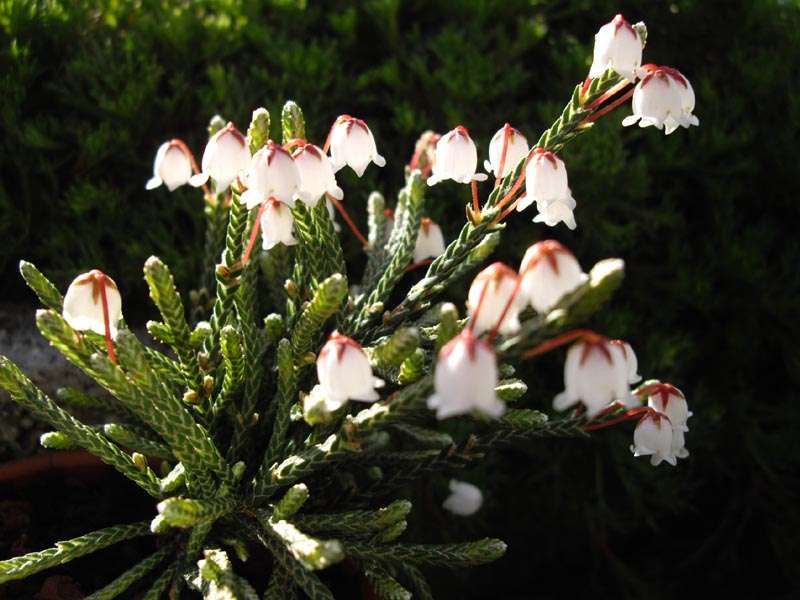
A unique and charming evergreen shrub, Cassiope ‘Randle Cooke’ features white bell-like flowers that drip gracefully from its branches. Known for its hardiness and beauty, this shrub is perfect for adding texture to your garden design.
This plant enjoys well-drained acidic soil and thrives in full sun to partial shade. It is suitable for USDA zones 4 to 7, making it adaptable and versatile for various climates. With its delicate blooms and lush appearance, the Cassiope is a perfect addition for enthusiasts wanting to create interest in their garden architecture.
Euonymus kiautschovicus
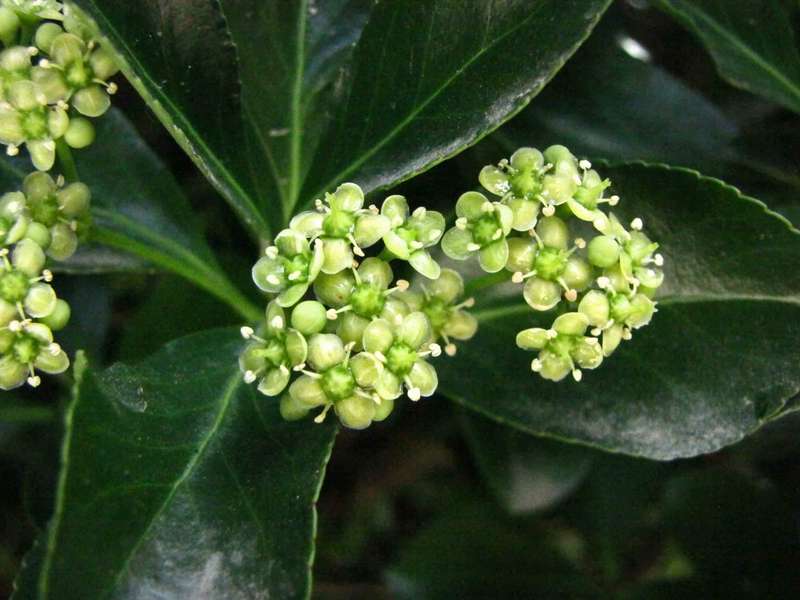
Euonymus kiautschovicus, commonly known as the wintercreeper, is a versatile and resilient evergreen shrub. While its flowers are relatively inconspicuous, the shrub itself is valued for its bright foliage, which offers texture and color variation in the garden.
This hardy plant thrives in a variety of soil types and can adapt to full sun or shade. It’s hardy from USDA zones 4 to 9, making it an ideal selection for different climates. Its low maintenance nature and ability to withstand varied conditions make it a popular choice among gardeners looking for reliable green coverage throughout the seasons.
White Daphne (Daphne odora ‘Aureomarginata’)
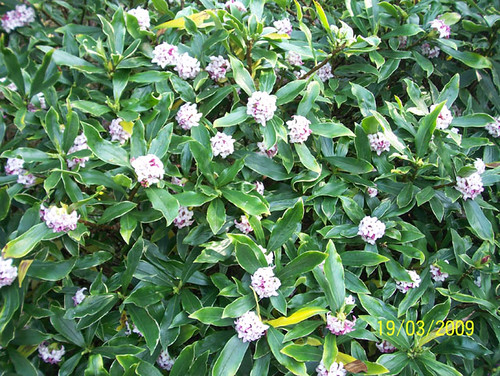
The White Daphne (Daphne odora ‘Aureomarginata’) is celebrated for its beautiful, fragrant white flowers that bloom in late winter to early spring. The compact growth habit and pleasing, evergreen foliage make it an excellent choice for smaller gardens or as an accent plant in larger landscapes.
This shrub prefers well-drained, slightly acidic soil and thrives in partial shade to full sun. It is hardy in USDA zones 7 to 9. Given its enchanting fragrance and charming blooms, the White Daphne offers an aromatic treat for garden enthusiasts and is a must-have for fragrant shrub collections.
Pragense Viburnum (Viburnum pragense)

Pragense Viburnum (Viburnum pragense) is a semi-evergreen shrub that showcases clusters of small white flowers in spring. The glossy leaves provide texture and a beautiful backdrop for the cheerful blooms, making it a favorite among those who love vibrant floral displays.
This shrub does best in well-draining soils and enjoys full sun to partial shade. Hardy in USDA zones 5 to 9, it is a great choice for hedges or small flowering clusters. Pragense Viburnum is also known for its resilience and ability to attract pollinators, making it an attractive option for wildlife gardens.
Korean Spice Viburnum (Viburnum carlesii)

Korean Spice Viburnum is adored for its spicy-sweet fragrance and delightful clusters of white flowers. Blooming in early spring, the white blooms offer a beautiful and aromatic experience that captivates anyone who strolls by.
These viburnums thrive in fertile, well-draining soil and prefer full sun to partial shade. They are hardy in USDA zones 5 to 8, which allows them to flourish across a variety of climates. Besides their aromatic blooms, Korean Spice Viburnum’s fall foliage turns to warm hues, ensuring seasons of interest.


